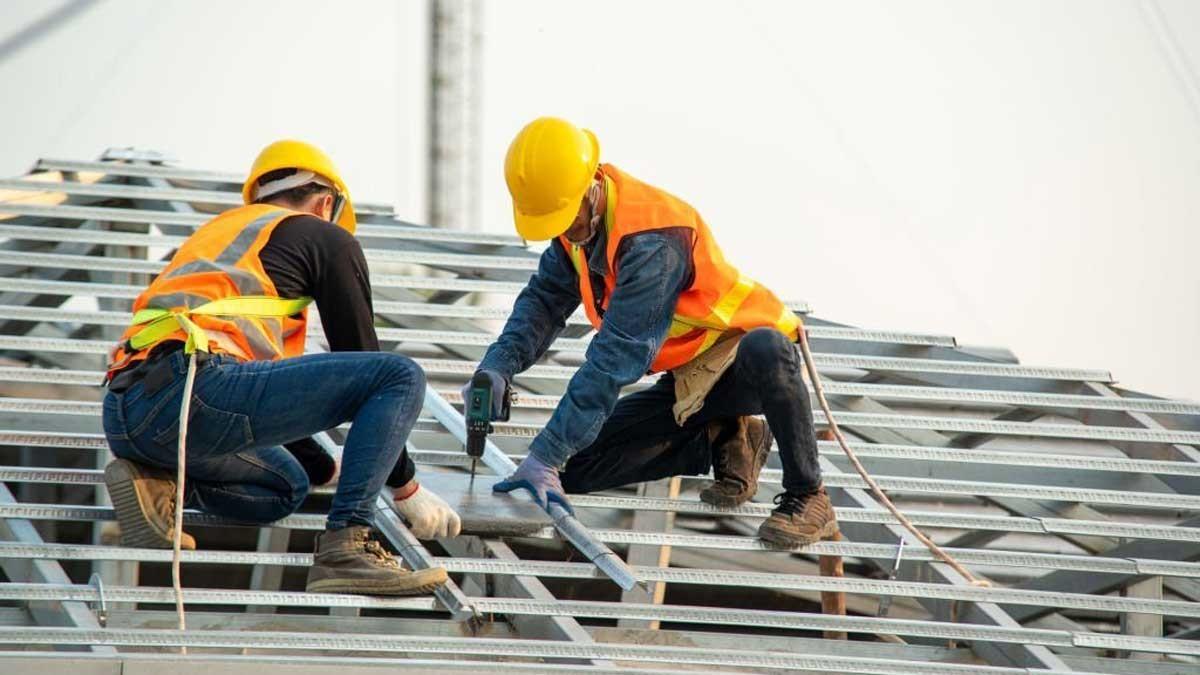When managing a commercial building, one of the most critical aspects is the roof. Unlike residential roofs, commercial roofing requires different materials, maintenance, and installation techniques due to the building’s size, shape, and purpose. Whether you own an office complex, warehouse, retail store, or industrial facility, understanding your roofing options can help you make better decisions.
What Is Commercial Roofing?
Commercial roofing refers to the materials and techniques used to seal and protect large-scale structures. These roofs are generally flat or have a low slope, which means water drainage and insulation become top priorities. The roof protects everything inside the building and also contributes to energy efficiency and indoor comfort.
Common Types of Commercial Roofing Systems
There is no one-size-fits-all solution for commercial roofs. The right choice depends on your building's structure, local climate, and budget.
1. Built-Up Roofing (BUR)
This system involves multiple layers of bitumen and reinforcing fabrics. It’s finished with a top layer of gravel or reflective coating.
-
Strengths: Durable, waterproof, good insulation.
-
Considerations: Heavier than other options, which may not suit all structures.
2. Modified Bitumen
A single-ply roofing system, modified bitumen adds polymers to asphalt to improve flexibility and weather resistance.
-
Strengths: Easy to maintain, long-lasting.
-
Considerations: Best for buildings with low foot traffic on the roof.
3. EPDM (Ethylene Propylene Diene Monomer)
This rubber-based membrane is a popular flat roofing solution.
-
Strengths: Lightweight, weather-resistant, simple to install.
-
Considerations: Susceptible to punctures if not properly maintained.
4. TPO (Thermoplastic Polyolefin)
TPO is a reflective single-ply membrane that resists UV rays, chemicals, and bacteria.
-
Strengths: Energy-efficient, cost-effective, strong seam strength.
-
Considerations: Lifespan depends heavily on installation quality.
5. PVC (Polyvinyl Chloride)
Similar to TPO but with added flexibility and chemical resistance.
-
Strengths: Fire-resistant, energy-efficient, durable.
-
Considerations: Can be more expensive upfront.
6. Metal Roofing
Steel, aluminum, or copper panels are installed over the roof frame.
-
Strengths: Long lifespan, recyclable, low maintenance.
-
Considerations: Higher cost and potential for rust if not coated properly.
Importance of Proper Installation
Improper installation is a leading cause of roof failure. It's important to hire professionals with experience in commercial roofing. A properly installed system reduces the risk of leaks, insulation issues, and premature wear.
Look for licensed contractors who offer warranties on both materials and workmanship. They should follow industry standards and carry out inspections before, during, and after installation.
Maintenance Tips for Commercial Roofs
Routine maintenance can extend the life of your roof and help avoid costly repairs. Here are some simple steps:
-
Regular Inspections: Check the roof twice a year and after storms.
-
Clear Debris: Remove leaves, branches, and dirt from drains and surfaces.
-
Repair Minor Damage Promptly: Address small cracks or punctures before they expand.
-
Monitor Interior Signs: Water stains on ceilings may signal a roof problem.
Cost Factors
The cost of commercial roofing varies depending on several elements:
-
Roof size and slope
-
Material type
-
Labor and installation quality
-
Local weather and building codes
-
Warranty options
Although some materials may be cheaper initially, they might require more maintenance over time. It's wise to weigh long-term benefits and durability.
Signs Your Roof Needs Replacement
Knowing when to replace a commercial roof can prevent larger issues:
-
Frequent leaks despite repairs
-
Rising energy bills due to poor insulation
-
Visible cracks, blisters, or water pooling
-
Age of the roof exceeding its expected lifespan
If you're noticing any of these signs, a professional evaluation is recommended.
Conclusion
Commercial roofing is more than just a building feature—it plays a key role in structural safety, energy efficiency, and long-term value. With several types available, the best choice depends on your specific building needs and local environment. Regular inspections and timely repairs go a long way in maintaining a durable and functional roofing system. Investing in a quality roof today can save your business money and trouble down the road.



